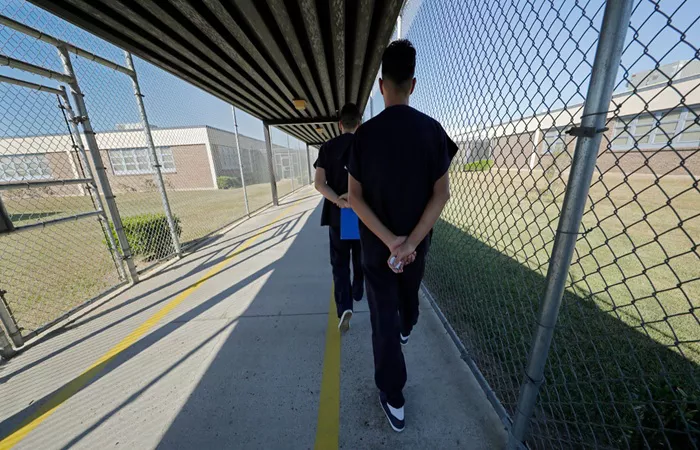SIOUX FALLS, S.D. — Around 20 people in Minnehaha County have been arrested on immigration charges and handed over to the U.S. government.
Dakota News Now spoke with immigration attorney Hanne Sandison and reviewed information from the U.S. Department of Justice to understand what happens to detainees after leaving South Dakota.
If you have flown through Minneapolis-St. Paul, you might have noticed Fort Snelling nearby. This site hosts a regional immigration court serving South Dakota and other Midwest states. Sandison represents clients there.
She explained, “People seek asylum here saying, ‘I can’t go back because I fear persecution or torture.’ Under the law, this is the correct way. You cannot seek asylum unless you are physically present in the United States.”
The asylum system dates back to World War II, when countries refused entry to Jews fleeing persecution because they lacked legal permission to enter, Sandison said.
The Executive Office for Immigration Review (EOIR), part of the Department of Justice, runs the immigration court system. Immigration judges handle removal hearings and other proceedings. Removal starts when the Department of Homeland Security (DHS) serves an individual with a Notice to Appear and files it with an EOIR court. Before DHS files this, EOIR has no control over the case.
A detainee may face one or multiple hearings depending on the case. During the initial master calendar hearing, the judge explains the person’s rights and alleged immigration violations, and discusses legal representation. The judge may allow the detainee to plead to the charges. If the judge finds them removable but eligible for protection or relief, an individual merits hearing is scheduled. Both the detainee and DHS can present evidence and arguments then. If the judge approves, the detainee can receive protection or relief.
After the judge’s decision, the case moves to DHS for detention, removal, or other action. Either side can appeal to the Board of Immigration Appeals (BIA) within 30 days. In some cases, motions to reconsider or reopen can be filed.
Sandison also noted that federal attorneys can ask to dismiss a case. She said, “Sometimes the judge dismisses the case, and the person leaves court only to be immediately arrested by ICE for quick deportation because they no longer have an open case.”
Many detainees must face court alone. While they have the right to an attorney, there is no right to a free one. “Children as young as two or three are expected to represent themselves if they cannot find a lawyer,” Sandison said.
Her main concern is the sudden disappearance of people from their families and communities, often without anyone knowing where they are. She described scenes of arrests happening in front of children, like at school drop-offs.
Sandison also worries about due process and constitutional rights. “We have not seen DHS consistently follow the law,” she added.
Related Topics
- USCIS Updates Policy on Disclosing Derogatory Information in Immigration Cases
- Indonesia Clarifies New Visa Rules to Streamline Travel and Investment
- USCIS Tightens Disability Exception Rules for Citizenship Applicants


